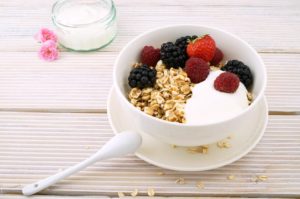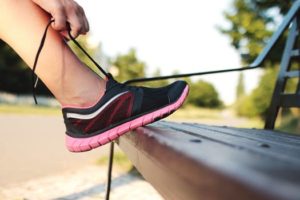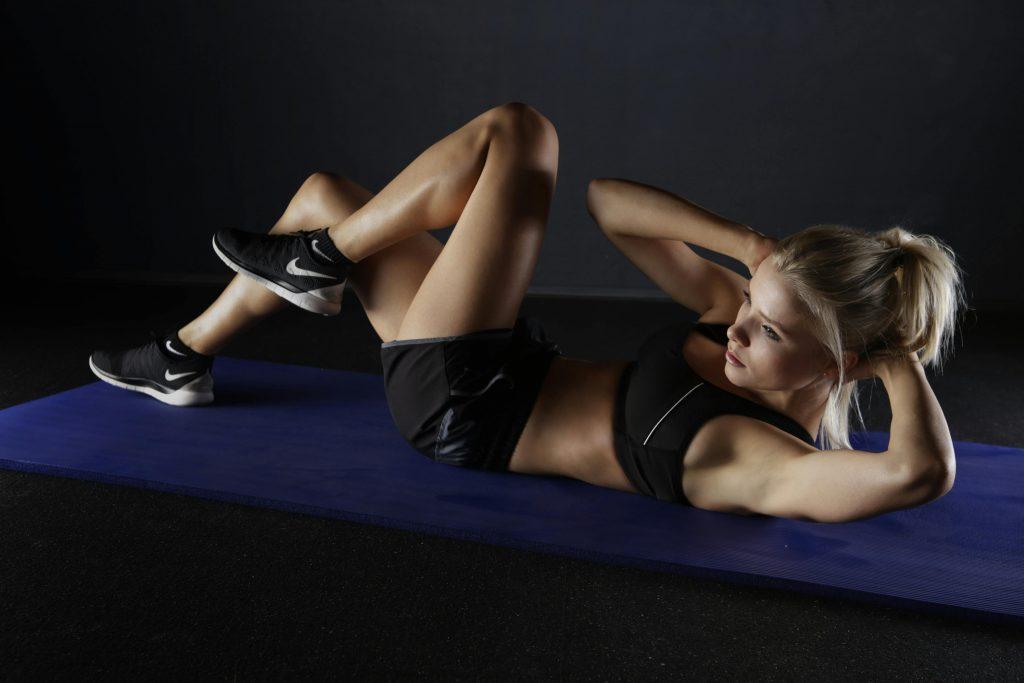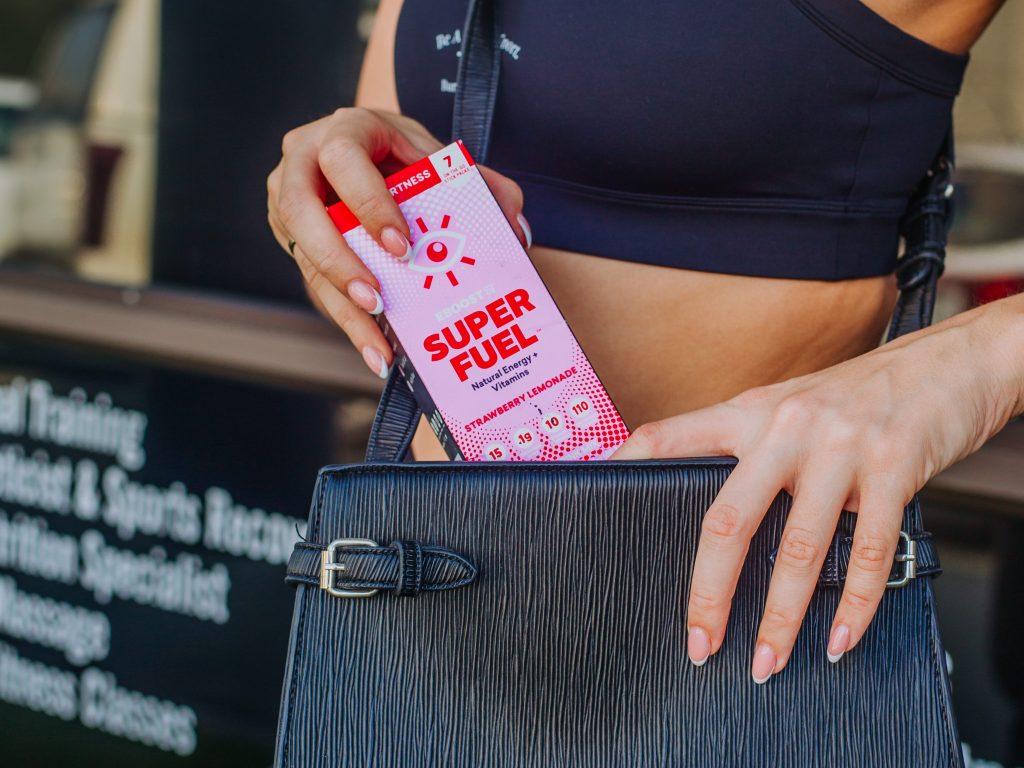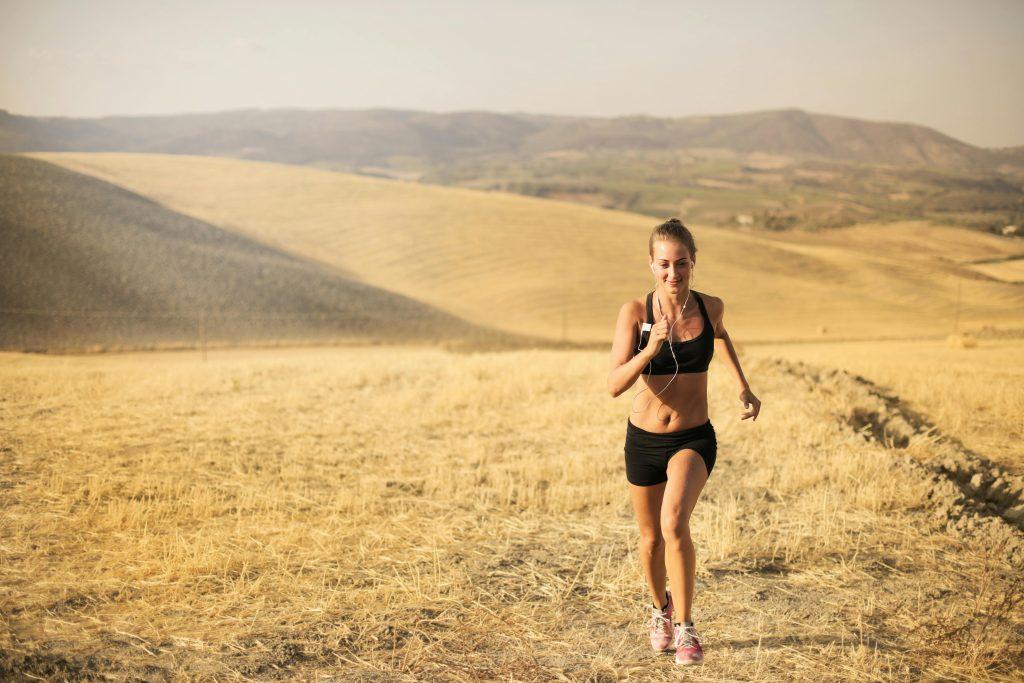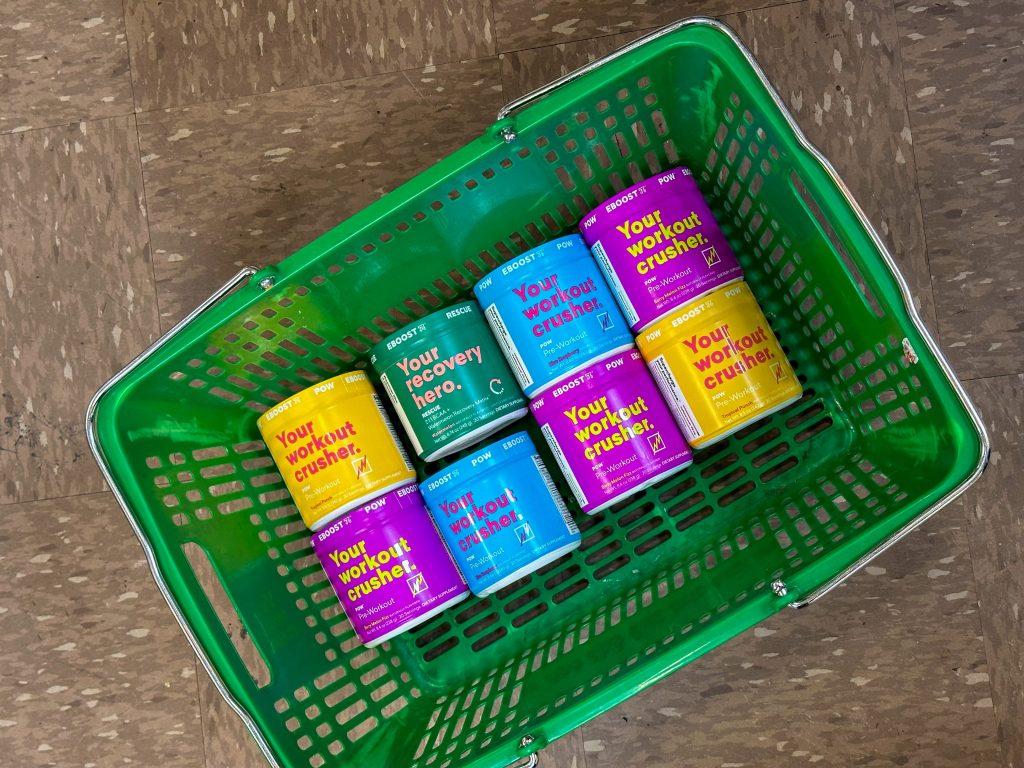I remember the days, when my only fitness goal was to go for a run. I knew if I could get some sweat producing, that I was already winning in the fitness department.
Running or doing any sort of cardio is a form of exercise that a lot of people only think about. It is easy to do and doesn’t require a lot of thought. It is the perfect tool for any newbie to use and get using right away.
However, it is easy to fall into the trap of being a ‘cardio bunny’ aka someone who is always just doing cardio as a means of staying healthy and fit. Over the years, I have learned, and you will too, that doing cardio – all day every day – is not the answer. In fact, sticking to a mindset like this can actually give you the exact opposite of what you are looking for.
An article I read recently over on Well x Good by Robin Berzin, who is the owner of Parsley Health – a holistic approach to doctor’s care, laid it all out there with a lot to be learned. Read on to find out why doing a lot of cardio is actually bad for you. And looking back on my life as a cardio queen – yes I was tired – yes I was exhausted – yes I was anxious and why the heck do we feel this is okay? Read on friend –
What’s behind this trend of cardio junkies sweating to exhaustion?
Here are the warning signs that you might be ODing on cardio—and the 3 things all balanced fitness plans need.
First warning sign: cortisol spikes
Take the case of a 33-year-old patient of mine I’ll call Liz.
A successful tech VP, Liz was gaining weight despite spinning five times a week. She was exhausted at the end of the day but when she lay down in bed, her heart would race and she couldn’t fall asleep for another hour or two. Her periods were bouncing around every one to two months—sometimes not coming for over 60 days. She also had sporadic acne she couldn’t figure out but blamed on her hormones.
We tested her cortisol levels throughout the day and showed her that they were high after her evening spin class and still elevated at bedtime. Cortisol, the major stress hormone, should be high in the morning and low by afternoon, staying down through bedtime. When cortisol is high, your blood sugar and blood pressure go up, you store more calories as fat—especially around your abdomen—and your immune system is suppressed. You may also have a hard time sleeping and can experience anxiety or that “wired” feeling at night.
If it’s chronically high, it can increase hormones like testosterone and subsequently estrogen, while simultaneously decreasing hormones like progesterone, causing disruptions in the menstrual cycle and acne.
Second warning sign: high blood sugar
In the morning, Liz was having oatmeal or cereal for breakfast, loading up on carbs when her cortisol was also naturally high. After spin class, she was typically starving because she’d gone there straight after work.
Sometimes she was showering at spinning then heading out for dinner—where she’d usually enjoy a glass of wine or two. Other times she’d stay in at night and have a fruit and greens smoothie—sounds healthy, but without any fat or protein, it was a recipe for weight gain and hormone imbalances.
Unwittingly, she was setting herself up for another common health issue cardio junkies suffer from: high blood sugar. We tested her hemoglobin A1C, which was 5.7. Liz was shocked to find that, despite all the cardio, she was borderline for Metabolic Syndrome, an imbalance in the body’s ability to handle blood sugar.
Third warning sign: menstrual irregularity
Hoping to get pregnant in the next year, Liz knew she had to figure out some of these issues in her body out first. At her day 21 (AKA her luteal phase in the ovulation cycle), her progesterone level was only 0.2, meaning she wasn’t ovulating on time, and her balance of estrogen to progesterone was off for a healthy cycle, leading to her irregular periods and likely her acne.
Much to Liz’s disbelief, I asked her to only spin one day per week, and to replace the other four sessions with two yoga classes, and twice-weekly 20-minute weight training sessions.
Within two months, she had lost her belly fat, her acne went away, she was sleeping again, and her periods hit a normal 31-day stride. Also, her Hemoglobin A1C went down to 5.4, in the normal range.
So, what’s the deal with cardio overload?
The extra time Liz put in on a stationary bike did nothing to build muscle (which increases resting metabolism) or calm her nervous system and relieve stress. She’d been overdoing it—spiking cortisol and depleting her body’s energy, hydration, and mineral balance through so much sweat.
Research shows that cardio is not usually that helpful for weight loss, either. The body becomes “used to” the calorie deficit from long aerobic sessions and stores energy as fat to compensate. In addition, studies show most people eat more after exercise, and overestimate how many calories they burned while working out.
But the answer isn’t starving yourself or hyper-focusing on calories—it’s looking at the kinds of exercise you’re doing and the kinds of foods you’re fueling with. Here’s your three step plan.
1. Replace
Swap two spin or long-haul cardio classes with weight training sessions. Lifting weights and building muscle increases your basal metabolic rate, which accounts for 60–75 percent of calories burned daily (another 10 percent goes to digesting food while, for, most people, only 10–20 percent goes to physical activity of any kind). Resistance training has been shown to boost basal metabolism and fat burning for 24-plus hours—something cardio doesn’t do.
2. Restore
Doing restorative exercise like yoga isn’t “useless” for weight loss; it both strengthens and lengthens the muscles and connective tissue, while simultaneously reducing stress and, therefore, cortisol (one of the major reasons for weight gain and hormone imbalance).
3. Eat
Don’t starve, just up your protein, fat, and fiber intake. In particular, axe carbs/sugar/alcohol after a workout. You’re probably undoing that workout in five minutes with a juice or a night out at the bar. The way the body metabolizes a cup of broccoli isn’t the same as how it metabolizes a cup of soda. The veggie, for example, is metabolized slowly—which means that you’re avoiding the insulin spike that leads to sugar being stored as fat.
So it’s not about counting calories, it’s about eating the foods that give you a slow burn, instead of a sugar spike.


